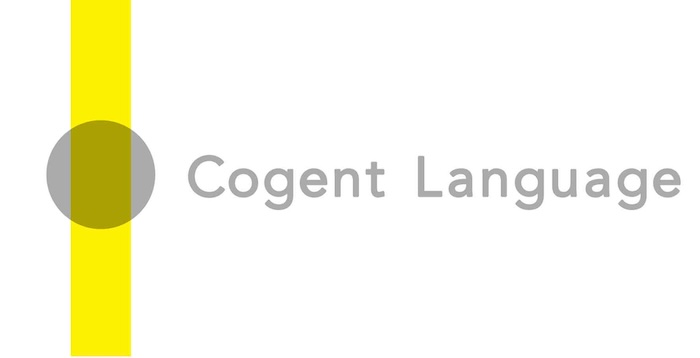Useful 11′ introduction to (what today tend to be seen as) the five main styles of conflict management: Dominate, Withdraw, Accomodate, Compromise, Collaborate. Besides a description of each style, it offers an explanation of the psychology underlying each and a chance to reflect on one’s own style.
Category: Engaging Stakeholders
Promoting project. 0pening and maintaining direct communication with stakeholders, individual and collective, current and potential, powerful and voiceless. Engaging key stakeholders constructively in the project as it and their priorities evolve.
“Market Segmentation with Real World Examples from a Business Professor”
Clear, well-organized explanation of traditional customer segmentation for marketing purposes in about 11 minutes. “Traditional” here means pre-dating personal computers, internet, and e-commerce. More modern approaches to modeling customers for business purposes (e.g. using empathy maps, exploring contexts of use, customer journey mapping, developing persona) tend to be extensions and refinement of the traditional “psychographic” […]
“Double Diamond in 3 Minutes”
Since its emergence in the early 1970’s, the soft systems design community of practice has been enabling non-technical persons to participate in collaborative problem-solving and design processes. It does so by way of processes strongly informed by systems thinking but scaffolded by visual models, physical prototypes, and conversation, rather than by precise definitions, math, and […]
“Agile in Practice – Big Visible Charts”
Nice 3.5′ introduction to agile team use of big visible charts (aka “big visual chart”, “BVC”). Addresses rationale as well as categories of charts and general usage. Also included are useful criteria for evaluating any set of BVC’s. (Such a set of BVC’s is often called a “dashboard”.)
“Motivation Theories Explained in 10 Minutes”
Excellent job in doing just what the title says. Very powerful way to classify these theories: “content” theories based on what motivates people vs. “process theories” based on how people are motivated.
“Product Goals in Scrum”
10.5′ explanation, oriented specifically to Scrum development approaches and the Scrum construct of “product goal”. However, this talk helps understand how, in agile generally, some very, very high-level model of the product – our “product vision” construct – is useful in engaging stakeholders, informing team formation, and representing potential project outputs in a persuasive way. […]
“Business Model Canvas Explained”
Brief (2′) overview of the canvas by Strategyzer, its inventors. Clear visuals, high production values.
“What is CATWOE?”
Useful introduction to the construct of “root definition” of any “human activity system”, including any project or potential project. CATWOE is the acronym of human activity system (HAS) elements: Customer, Actor, Transformation, Worldview, Owner, Environment. Explained more from a business rather than a systems perspective. A bit “talky” but a helpful into in about 5.5′.
“Soft Systems Methodology in 10 Minutes (nearly)!”
Useful visuals and talk
“The Story of Codesign”
Animated narrative (<4″) demonstrating principles and key constructs of co-design
